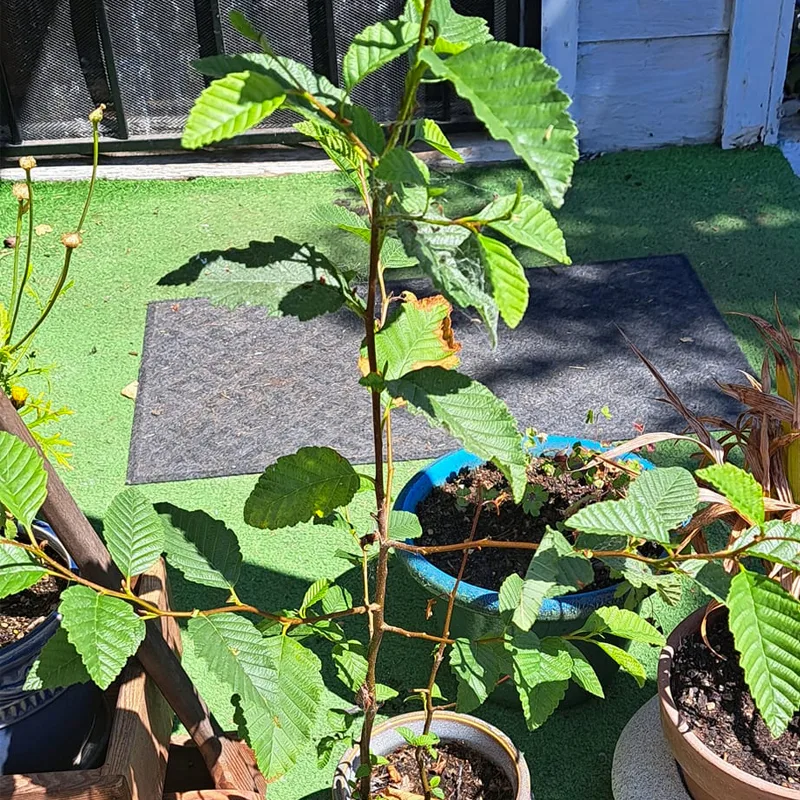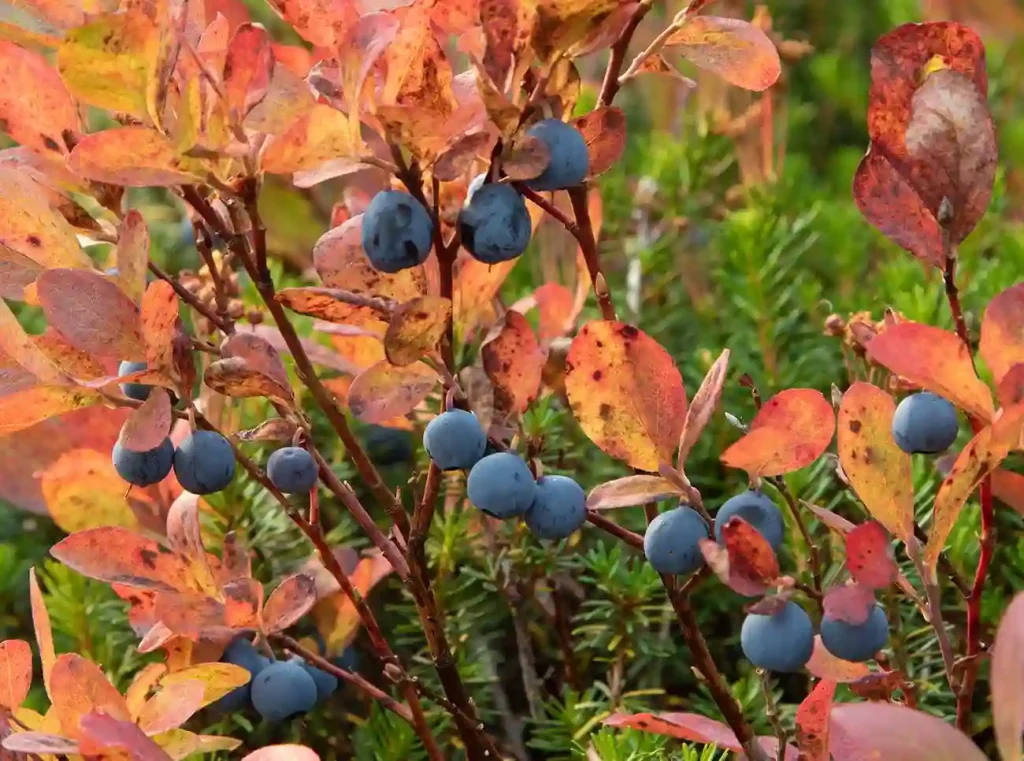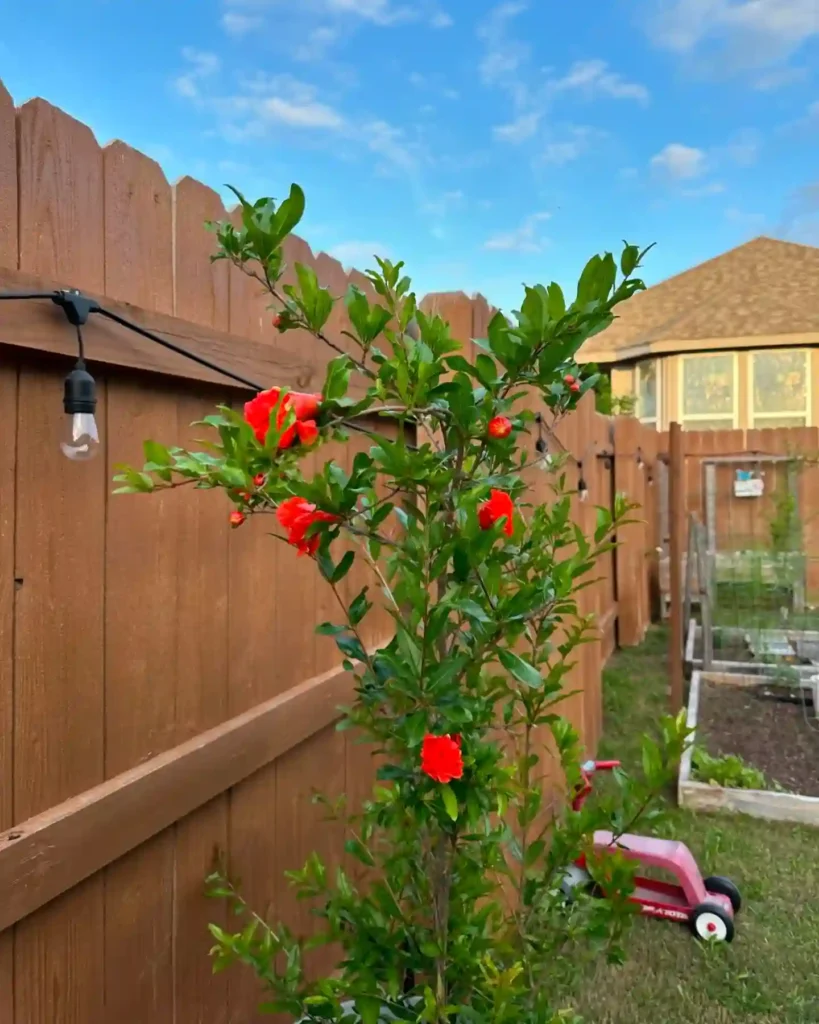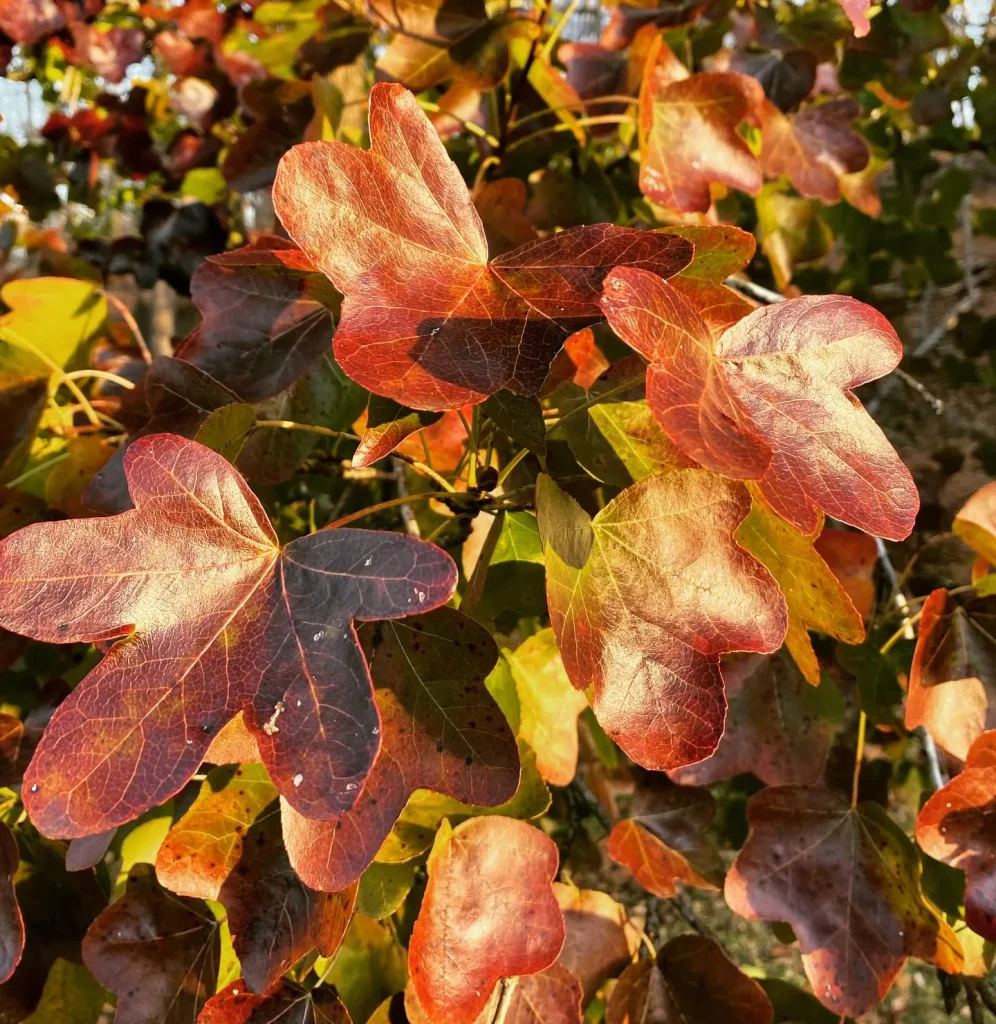Gatsby Gal Hydrangea FAQs
The Gatsby Gal Hydrangea is one of my favorite varieties, and I’ve learned quite a bit about it over the years. If you’re considering adding this stunning plant to your garden, you might have some questions. Here are some of the most common ones I’ve encountered.
100 Species in Genus Hydrangea
How Fast Do Gatsby Gal Oak Leaf Hydrangeas Grow?
In my experience, Gatsby Gal Oak Leaf Hydrangeas grow at a moderate pace. Typically, they can reach their mature height of 4 to 6 feet in about 2 to 4 years, depending on growing conditions. These hydrangeas are known for their impressive size and striking foliage, which makes them a standout in any garden. They do best with well-draining soil and a sunny to partly shaded spot. Regular watering and a good layer of mulch can help accelerate their growth.
What Does the Gatsby Gal Hydrangea Look Like in Winter?
Winter can be a bit of a mixed bag for Gatsby Gal Hydrangeas. The plant typically loses its leaves, revealing the bare stems, which can add a certain rustic charm to your garden. However, the dried flower heads from the summer can persist into winter, providing some visual interest. These flower heads often take on a brownish hue and can be quite ornamental, offering texture and contrast against the winter landscape.
Where Can I Buy Gatsby Gal Hydrangea?
I’ve found that Gatsby Gal Hydrangeas are available at a variety of places. Local nurseries often carry them, especially if you’re looking for a well-established plant. Garden centers and big-box stores also stock them, particularly during the planting season. If you’re looking for a wider selection or specific sizes, online retailers like Proven Winners or Breck’s have good options. It’s worth checking reviews and ratings to ensure you’re getting a healthy plant.
What Is the Best Way to Care for Gatsby Gal Hydrangeas?
Caring for Gatsby Gal Hydrangeas is relatively straightforward. They thrive in well-drained soil that retains some moisture. They prefer a spot with full sun to partial shade. In terms of watering, they need consistent moisture, especially during hot, dry spells. I usually mulch around the base to help retain soil moisture and regulate temperature.
Pruning is important too. I typically prune these hydrangeas after they finish blooming in late summer or early fall. This helps to promote healthy growth and maintain their shape. Fertilizing once a year with a balanced fertilizer can also support vigorous growth and abundant blooms.
How to Propagate Gatsby Gal Hydrangeas?
If you’re interested in propagating Gatsby Gal Hydrangeas, there are a couple of methods you can use. The most common method is through cuttings. I usually take cuttings in late spring or early summer when the plant is actively growing. Make sure to use a clean, sharp knife and choose healthy, non-flowering stems. Dip the cut ends in rooting hormone, then plant them in a well-draining potting mix. Keep them in a warm, bright spot and maintain consistent moisture. With some patience, you should see roots developing in a few weeks.
What to Plant With Gatsby Gal Hydrangeas?
Gatsby Gal Hydrangeas pair well with a variety of plants. I often plant them alongside other shade-tolerant perennials like hostas, astilbes, or ferns. For added color, consider companion plants with contrasting hues or foliage textures. For instance, the deep green leaves of hostas or the vibrant flowers of astilbes can create a beautiful, layered effect.
Can You Grow Gatsby Gal Hydrangeas Indoors?
Growing Gatsby Gal Hydrangeas indoors is challenging. They generally require more space and sunlight than most indoor environments can provide. However, if you have a large, well-lit space, such as a sunroom or a greenhouse, it’s possible. Make sure to provide ample light, preferably from a south-facing window, and maintain high humidity levels.
Is Gatsby Gal Hydrangea Toxic?
Gatsby Gal Hydrangeas are not considered toxic to humans or pets. However, it’s always a good practice to prevent pets from chewing on plants, as ingestion of any plant material can sometimes cause mild gastrointestinal upset.
What Are the Benefits of Gatsby Gal Hydrangeas?
One of the main benefits of Gatsby Gal Hydrangeas is their striking appearance throughout the growing season. Their large, showy blooms and rich foliage provide year-round interest. They’re also relatively low-maintenance once established, making them a great choice for both novice and experienced gardeners.
Common Problems with Gatsby Gal Hydrangeas
Like any plant, Gatsby Gal Hydrangeas can face some issues. Common problems include powdery mildew, which can be managed with good air circulation and appropriate fungicides. Another issue is leaf spot, often caused by overwatering. Ensuring proper drainage and avoiding wetting the foliage can help prevent this.
Compare with Other Similar Plants
When compared to other oak leaf hydrangeas, Gatsby Gal stands out for its robust growth and large, showy blooms. It’s often compared to varieties like ‘Alice’ or ‘Snow Queen’. Gatsby Gal tends to have a more vigorous growth habit and larger flower heads, which makes it a standout in any landscape.
Overall, the Gatsby Gal Hydrangea is a beautiful and versatile plant that can add significant visual interest to your garden. Whether you’re planting it as a focal point or as part of a mixed border, it’s sure to impress.
If i die, water my plants!



